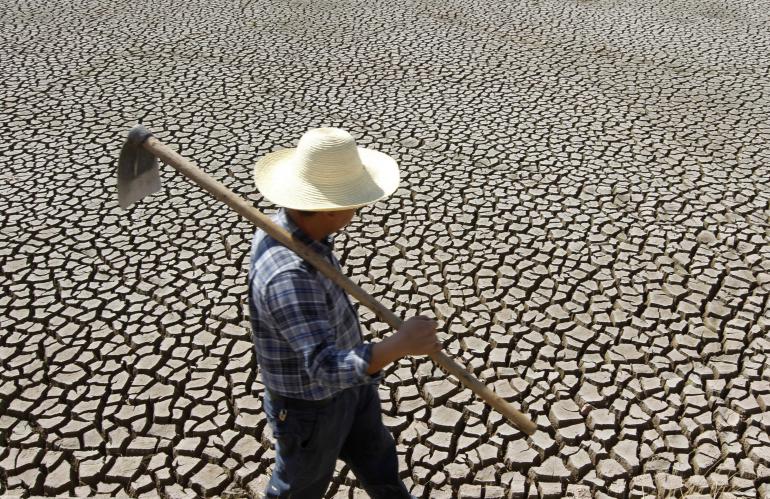Merced Irrigation District Growers to Receive Increased Water Supply
Merced Irrigation District officials say growers in the district will receive additional surface water, after action taken Tuesday by MID’s board of directors.
The increased water supply is the direct result of regulatory relief MID received from the state after months of planning a multibenefit water management action for the Merced River, according to a press release from Mike Jensen, MID spokesman.
MID growers were most recently expecting 0.9 acre-feet of surface water supply this growing season. However, MID officials noted increased water supply would be available, and recommended increasing the allocation to 1.1 acre-feet of water per acre.
Class II growers will receive 0.55 acre-feet after Tuesday’s MID board action. Deliveries are expected to continue until Sept. 7, according to Jensen.
“This year still remains among the most challenging we have ever seen,” MID General Manager John Sweigard said in the release. “Nevertheless, we are extremely pleased there was some surface water supply relief for our growers.”
Additionally, the board voted to decrease the in-season agricultural water rate for growers from $100.67 per acre-foot to $75 per acre-foot. The new rate is retroactive and applicable to all surface-water use for the 2014 irrigation season.
The reduction in the 2014 water rates comes after MID growers recently approved a rate increase to $100 per acre-foot, ensuring the financial health of MID during the drought crisis. Since that time, MID implemented the multibenefit water management action for the Merced River after months of planning and receiving final approvals from the state.
It involved obtaining 25,000 additional acre-feet of water from Lake McClure for growers, and providing 5,000 acre-feet of water for a critical-year spring fish-flow in the Merced River. The spring fish-flow water was transferred to other water users after it served its environmental purpose in the river system. MID received $5 million in revenue to help the district recover lost revenue associated with the drought.
In addition to the surface water supply from Lake McClure, MID is again implementing its Supplemental Water Supply Pool Program. Growers have already elected to receive additional water that is made available from conjunctive groundwater pumping. The district expects to provide approximately 28,000 acre-feet of water through the program this year, the release said.
MID began deliveries April 21.
Facing a third dry year with unprecedented drought conditions, the board of directors earlier this year enacted penalties for any water theft this season. For a first offense, a grower will be fined $1,000 and be charged $500 for each acre-foot used. For a second offense, the grower would receive the same fines and penalties while losing access to MID water this year.











